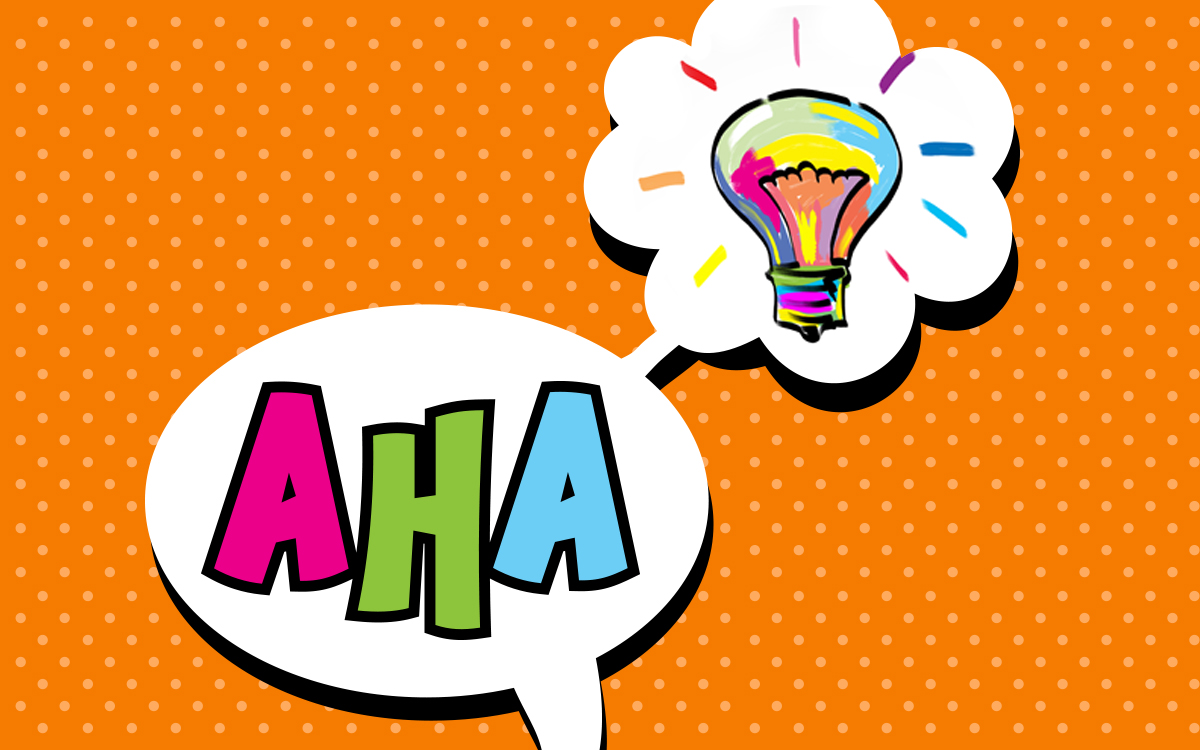Trello is a great collaboration tool, that’s why we use it to help us manage and communicate what we are working on, who's working on a particular thing, and where something is in a process. In fact, we make two Trello boards publically accessible in order to support our lab principle of working out loud. In essence, our exploration pipeline and mission control boards are like virtual whiteboards, which we fill with virtual sticky notes, which we then move around and can even attach things to like documents and images/photos. . . Hang on a minute. . .
Ping! an idea is born. . .
With functionality like that, we can use Trello for much more than project management, we can use it for tasks such as sticky note sorting.
One of the stationary items we use most as service designers is the sticky note. We stick them on walls, windows, whiteboards and anything else we can appropriate for the duration of a piece of work; not just to help us manage projects, but to also help us make sense of things. Being able to move notes around as themes emerge means that sticky notes and whiteboards are a vital part of helping us make sense of our research, especially when we are drawing together data from a variety of sources. But whilst this way of working is widely accepted, adopted and loved by designers (there, I said it). . .
. . .there are perhaps some limitations to this analogue way of working:
- Using large amounts of sticky notes can be costly and isn’t the most environmentally friendly way of working;
- People often worry that they are writing something someone else is writing which can lead to nobody writing anything at all and key insights being missed;
- People have to be in the same room to contribute and take part;
- We have to take-over spaces for varying amounts of time until we’ve finished a particular piece of work.
Following our recent Aha! moment (well, Michelle Butler’s Aha! moment to be more accurate), we’ve found that in some cases Trello can work really well as an alternative to sticky notes on a whiteboard, not least for the following reasons:
- People can take part in multiple locations so long as they are able to see the Trello board and have access to Skype or a telephone line;
- Trello updates in real time, so everyone can see what everyone else is doing/writing as they are doing/writing it;
- People can move cards around and see them moving in real time;
- Boards can be private or invite-only and don't take up physical space meaning their use is not time-limited and data is better protected;
- Virtual sticky notes can be labelled, assigned and coded so that they can be filtered easily;
- Virtual sticky notes never lose their stickiness!
I don’t think that sticky notes in service design will become a thing of the past anytime soon. I’m certainly not advocating for that (cancel the hitman Mr Post-it). Using Trello isn’t appropriate for large interactive workshops designed to engage a wide range of stakeholders, but sometimes, for the right task, in the right circumstances, we’ve found that synthesising insights using Trello can be useful, especially if it’s a small team collaborative activity such as bringing together a small set of customer interviews.
If you’ve used Trello to do a similar task, or have found similar alternatives to commonly used design tools, please drop us a line, we’re always keen to try new ways of working.
---



